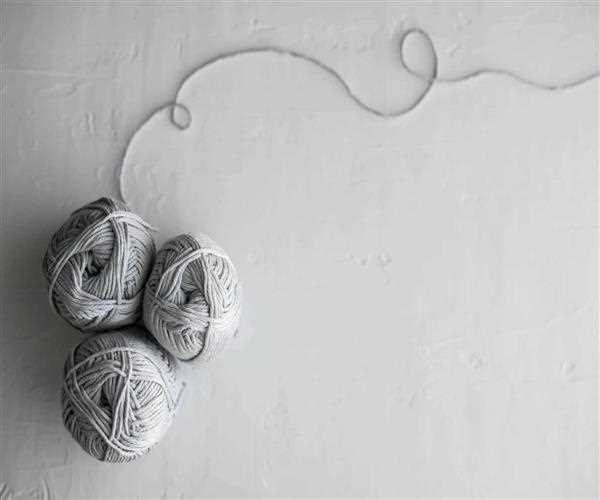One of the most important skills that you should learn in knitting is how to read what’s on your hands. Sometimes, knitters (mostly new ones), direct all their attention to executing each instruction indicated on the pattern; they never look at the actual design that they’re creating through interweaving the yarn. While that’s totally fine, especially for those who are just starting out, there is a significant skill you should further develop as you become an experienced knitter--the ability to tell the type of stitch used on a garment or fabric by merely looking at it.
The process of identifying the type of stitch by sight is called “reading the knitting”. We figured this article will help you on your knitting journey as we lay down how each stitch looks like and how to classify them quickly. But before that, why should you learn how to read your knitting?
Reasons Why Reading Your Knitting is Important
1. It enables you to fix your errors quickly.
Some errors are best resolved when it has just been made. Why? Because you will need to disentangle them and repeat from where the mistake occurred. If the mistake happened on the first row, and you have already reached the eighth row before figuring out that you’ve committed a mistake, then that’s going to cost you a lot of time and effort all over again. What a tragedy, right?
Learning how to read your knitting will allow you to be conscious of how you’re doing while following the pattern instructions of a particular design. You will learn how to check your stitches from time to time and see if they’re perfectly made.
2. It allows you to follow shortened pattern instructions.
What are shortened or abbreviated pattern instructions? No instruction that you will encounter is addressed to a beginner or knitting newbie.
You will see directions like “work the stitches as they appear” or “continue in pattern as established”. Every row will not be spelled out clearly and explicitly. Sometimes, only the sequence of stitch patterns of the foundation row is provided. Afterward, the knitter is expected to continue the work.
3. It enables you to easily get back to where you left off.
Due to other concerns to address and errands to run in life, you cannot always sit in one place and just do your knitting. You will really need to pause and set knitting aside to work on other stuff. This always becomes a problem for knitters, in general. Once they get cut from the work, they find it difficult to get back to where they left off.
If you know how to read your knitting, it will become your advantage during situations like this. You can effortlessly compare the stitches you’ve recently worked on to the chart in the instructions. Thus, you’ll get back with ease.
The Common Stitches and Their Characteristics
1. Knit Stitch

Knit stitch shows a pulled new loop of yarn from back to front through another loop. This forms a V-shape in the stitch below the yarn where the needle is placed.
2. Purl Stitch

Purl stitch is the exact opposite of the knit stitch. Instead of being drawn from back to front through the new loop, it should pass through an old loop. As a result, a horizontal bump will be created underneath the stitch on the needle.
3. Yarnover

When you lay the yarn over the top of the right needle from front to rear, a hole (called an eyelet hole), will be created under the so-called yarn over.
4. Twisted Stitch

A twisted stitch is produced when you knit a stitch through the back loop. It literally twists the stitch below the one that’s on the needle. Then, the right leg of that stitch gets twisted to the left side (except the new stitch).
5. K2tog Stitch

K2tog means knit two together or knitting two stitches together. Below the stitch that’s on the needle, two stitches in a row overlap with one another. The leftmost one crosses over the rightmost stitch. The right slant signifies the sole decrease that occurred.
6. Ssk Decrease

Ssk decrease stands for slipping two stitches knitwise. It happens one at a time to the right needle. Then the slipped stitches will be weaved together in their back loops. This is a common way of achieving a left-slant single decrease in stitching, abbreviated as “ssk”.
In the row below the one on the needles, the two stitches will imbricate in the reverse orientation from the k2tog. The rightmost one crosses over the leftmost stitch this time, as opposed to that of k2tog. The identifying feature of the ssk decrease is its left slant.
Conclusion
Investing your time in learning specific skills in knitting will contribute significantly to your progress and ability. Going for the application without learning what will actually help you speed up the process and work more efficiently will cause you trouble and waste your time and effort.
To prevent this from happening, educate yourself by learning the best techniques that you can possibly learn about the knitting process, even for mechanical applications such as learning how to convert hand stitches for knitting machines. There are a lot of trustworthy knitting machine brands that will help you get started on machine knitting. Good luck!




Leave Comment